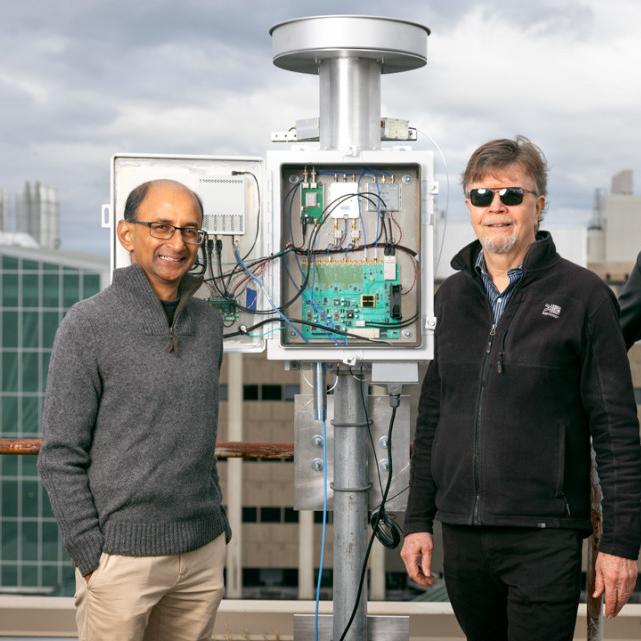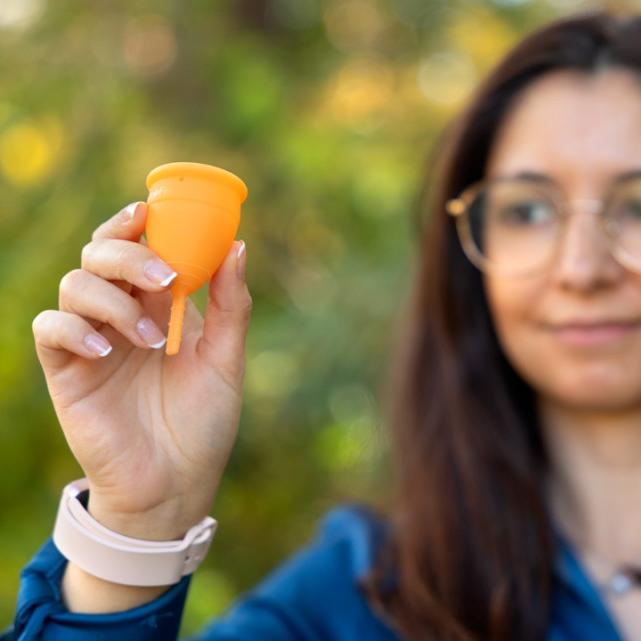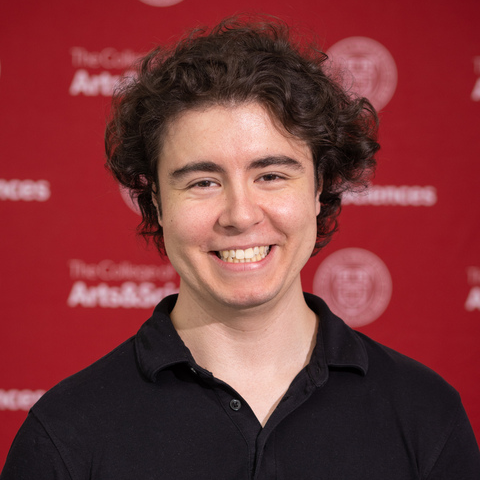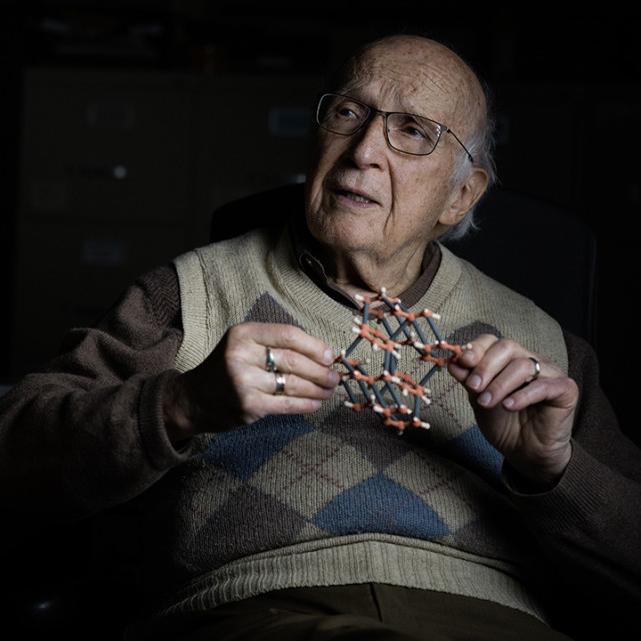After a six-week ocean voyage, a week spent outside Chile’s Port of Angamos waiting to offload, and another week trekking through the mountains, the first major component of the Fred Young Submillimeter Telescope (FYST) has arrived at its final home: the Cerro Chajnantor mountaintop, more than 18,000 feet above sea level.
The unveiling of the high-powered instrument is in sight. The disassembled telescope was offloaded from the Antigua Barbuda-flagged MV Sloman Discoverer and trucked nearly 300 miles to the base of Cerro Chajnantor, in Chile’s Parque Astronómico Atacama. From there, the parts are making a careful ascent 18,400 feet to the summit, where the telescope will be reassembled to eventually begin its work studying the universe, with first light projected for April 2026.
FYST will be the most powerful telescope in the world for its mapping speed and sensitivity at its wavelength. It will detail star and galaxy formation from the earliest days of “cosmic dawn,” through “cosmic noon,” when most of today’s stars were formed, providing insight on cosmic inflation and gravitational waves from the very first moments of the Big Bang. It will also track the flows of gas, dust and magnetic fields across the interstellar ecosystem within galaxies.
The telescope was built and first assembled in Germany, designed by CPI Vertex Antennentechnik in Duisburg and assembled in Xanten on the Wessel GmbH premises.
“Physicists have known how to measure in the submillimeter frequency ranges that the FYST is targeting for a long time, but before now nobody’s been able to build a telescope to do it – at least not at an affordable price,” project manager Jim Blair said. “The mirrors, and the carbon fiber structures that support them, along with the telescope instruments – CHAI and PrimeCam – are absolutely state of the art. They’re the ‘secret sauce’ that make FYST such a cutting-edge observatory.”
As the driest place on Earth, the Atacama Desert is ideal for astronomical observations. But while the arid conditions make FYST’s location perfect for astronomy, reassembling the telescope at 18,400 feet will not be an easy task. Workers have to be trained and pass an exam to be registered to work at that altitude, and they can work a maximum of 12 or 13 days at a time. For each day they work at extreme altitude, they must spend a day below 9,000 feet. Casual visitors must use supplemental oxygen.
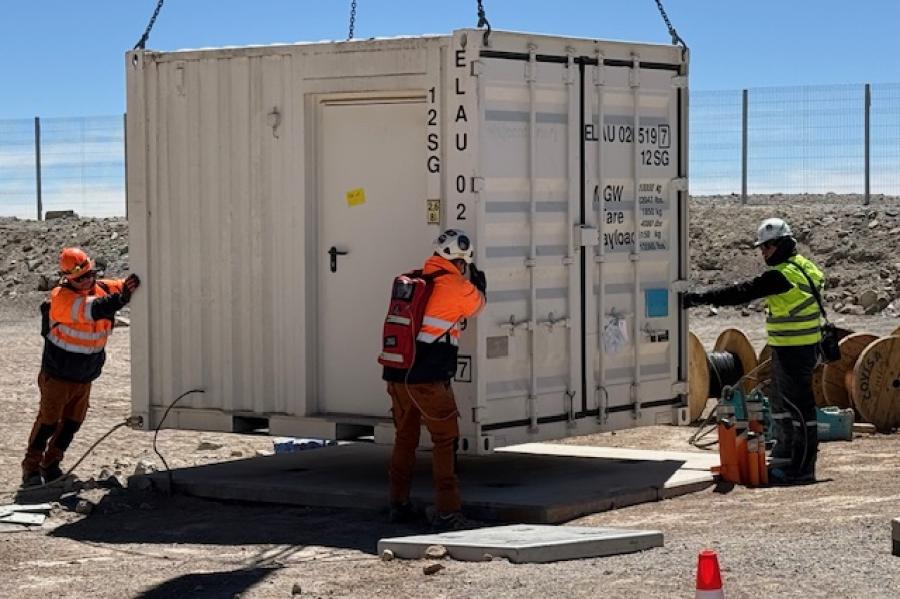
“We at Cornell have been dreaming about building a telescope on Cerro Chajnantor for almost 30 years. This is an exciting moment for us and for the many scientists chomping at the bit to use FYST,” said Martha Haynes, chair of the Cerro Chajnantor Atacama Telescope (CCAT) board of directors and Distinguished Professor of Arts & Sciences in Astronomy Emerita (A&S).
“As the time for international celebration nears, we are especially aware of the significant potential that our long cooperation offers. Our world-class, submillimeter telescope at, arguably, the best site in the world for its wavelength, will provide the basis for significant research by many astronomers for many years to come,” said Fred Young ’64, M.Eng. ’66, MBA ’66, who has been involved with and supported FYST since the project began.
FYST is a project of CCAT Observatory, Inc., a Cornell-led collaboration that includes a German consortium consisting of the University of Cologne, the University of Bonn and the Max Planck Institute for Astrophysics in Garching, and a Canadian consortium of universities led by the University of Waterloo.
Linda B. Glaser is news and media relations manager for the College of Arts and Sciences.

